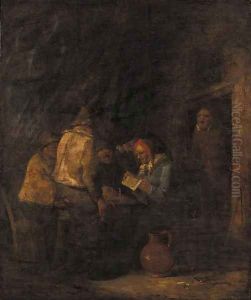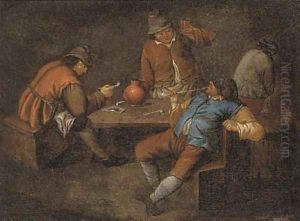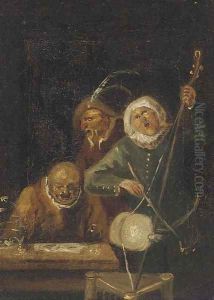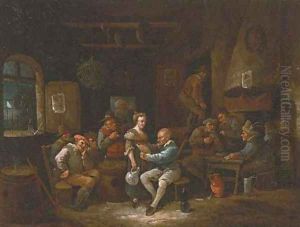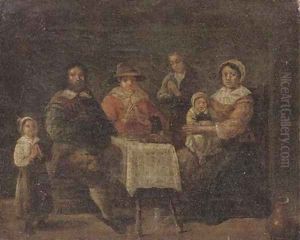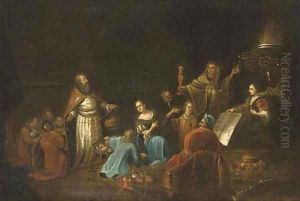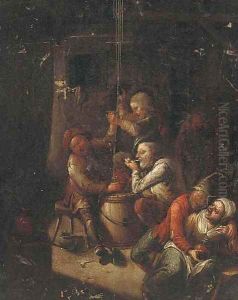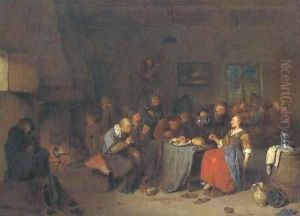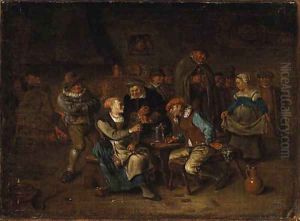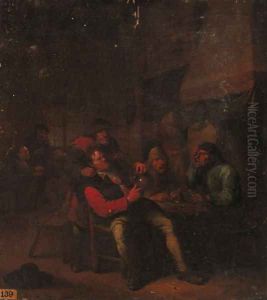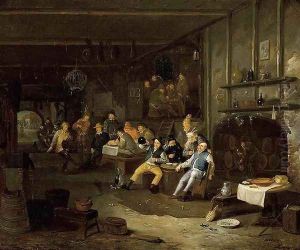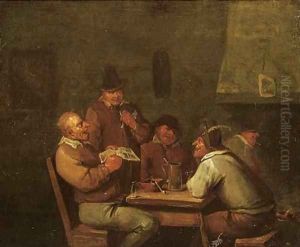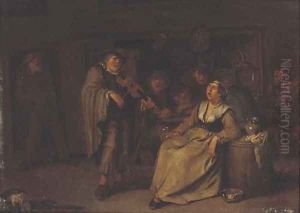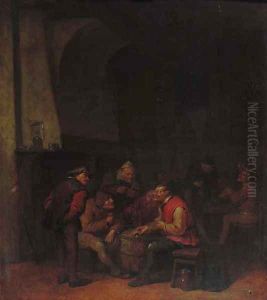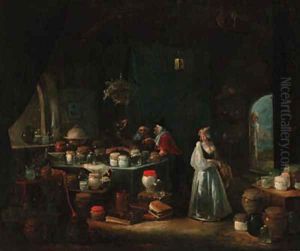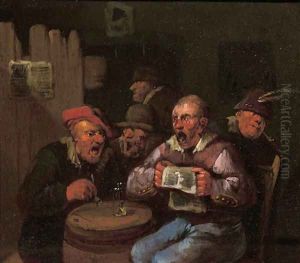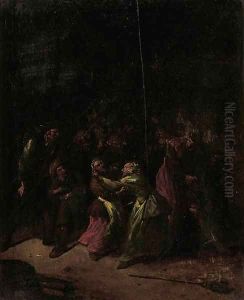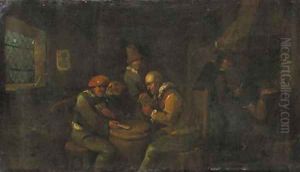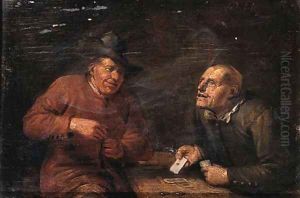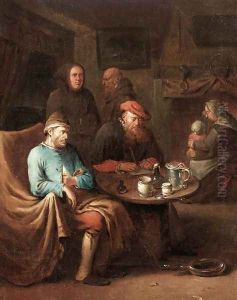Egbert van, the Younger Heemskerck Paintings
Egbert van Heemskerck, known as the Younger to distinguish him from his father who was also a painter, was a Dutch Golden Age artist born in Haarlem, Netherlands. He was born into a family with a strong artistic background; his father Egbert van Heemskerck the Elder was a well-known genre painter. Despite the commonalities in their choice of vocation, the styles of father and son were quite distinct.
Egbert the Younger is best known for his genre scenes, which often included humorous or moralizing elements. His works frequently depicted taverns, quack doctors, and scenes of popular entertainment, and they were characterized by lively and detailed representations of the lower classes at play. His paintings were rich in narrative content, displaying a keen eye for the comical and satirical aspects of everyday life.
He spent a significant portion of his career in England, especially in London, where he enjoyed the patronage of a clientele that appreciated his particular style. In London, his work evolved to include more English subject matter, and he adapted his style to suit the tastes of his new audience. Van Heemskerck's time in England was productive, and he became known for his paintings of English country life as well as his scenes of Dutch social life.
Heemskerck's work was well received during his lifetime, and he was able to establish a successful career. However, his reputation did not endure as strongly as some of his contemporaries, and he became somewhat obscure in the centuries following his death. Despite this, his paintings are now recognized for their historical value and their lively depiction of 17th-century life. His works are held in various museums and collections around the world, with some of his notable paintings displayed in institutions such as the National Gallery in London.
Egbert van Heemskerck the Younger's contributions to art are now appreciated for their unique blend of Dutch and English cultural elements, and his paintings offer valuable insights into the social history of the period. His legacy is that of a skilled genre painter who captured the essence of his times with humor and a keen observational eye.
